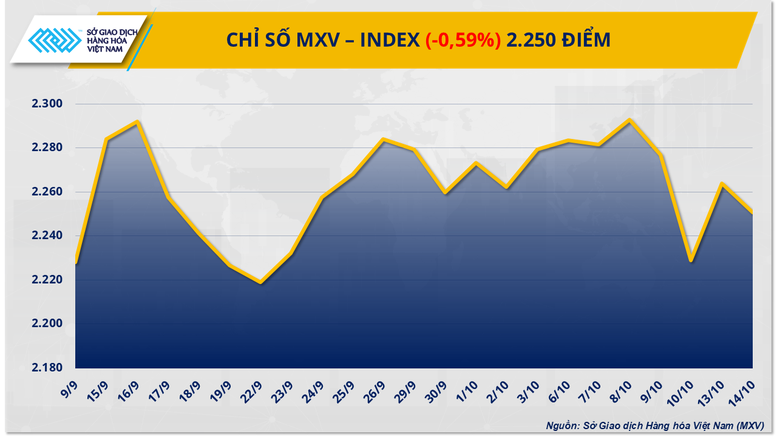
All 5 energy group items weakened
According to MXV, yesterday's trading session saw all five commodities in the energy group weaken simultaneously. In particular, the prices of two crude oil commodities returned to their lowest price range since the beginning of May. Specifically, Brent oil price fell to 62.39 USD/barrel, equivalent to a decrease of about 1.47%; while WTI oil price also decreased by 1.33%, stopping at 58.7 USD/barrel.
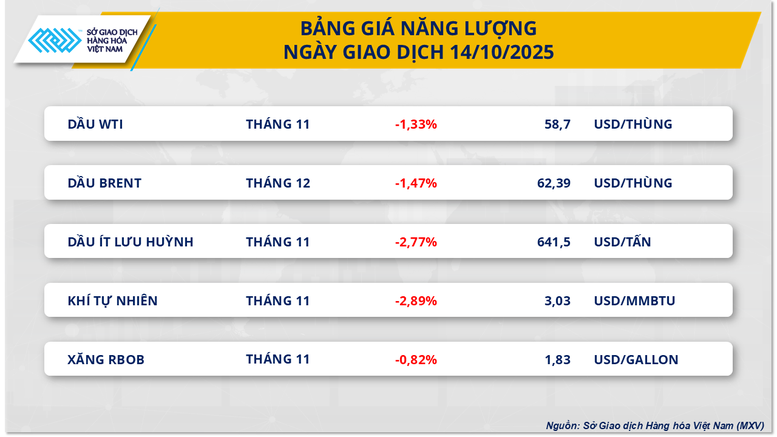
Oil prices fell again in yesterday's trading session as the market continued to receive warnings about the risk of global oversupply in the coming time.
The latest signal comes from the International Energy Agency (IEA) October Oil Market Report. Accordingly, the IEA still maintains its forecast of a strong increase in supply thanks to OPEC+ and major producers in the Americas, with global output expected to increase by 3 million barrels per day to 106.1 million barrels per day this year and continue to increase by 2.4 million barrels per day in 2026.
Meanwhile, the IEA’s forecast for global oil demand growth is just 700,000 barrels per day for both 2025 and 2026, reinforcing the outlook for oversupply in the market. Short-term demand is also significantly impacted by the decline in global refinery capacity. The IEA said that total crude oil input in October was only 81.6 million barrels per day, due to the regular maintenance season and the impact of attacks on energy facilities in Russia.
Investors continued to express concerns about the outlook for global energy demand amid escalating trade tensions between the world’s two largest economies . After Beijing decided to tighten controls on rare earth exports, US President Donald Trump warned of the possibility of imposing additional tariffs of up to 100% on goods imported from China.
While US and Chinese officials have said they will meet on the sidelines of APEC, markets remain skeptical about the likelihood of substantial progress, especially as both sides announce additional measures that could create logistical bottlenecks. If trade relations between the two countries continue to deteriorate, the risk of supply chain disruptions could push the global economy into deflationary pressure, further reducing energy demand.
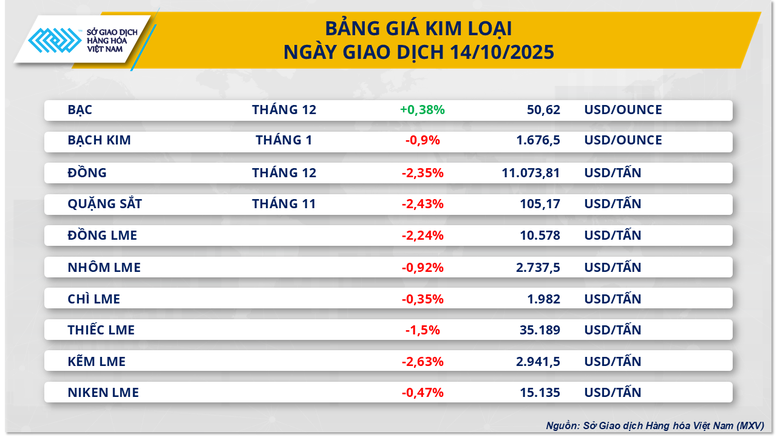
Iron ore prices end 4 consecutive increasing sessions
The metal group continued to face strong selling pressure when 9/10 items simultaneously decreased in price, in which iron ore price unexpectedly reversed and decreased by 2.4% to 105.17 USD/ton, ending a series of 4 consecutive increasing sessions. Although previously, expectations of demand recovery after China's National Day holiday had helped ore prices continuously reach new peaks, strong selling pressure shows that the market is mainly reacting to political and trade risks.
The US-China trade tensions have once again become a major psychological factor. President Trump's threat to impose an additional 100% tariff on Chinese goods from November 1 has raised concerns about disruptions to global supply chains. Even after signs of easing, the approaching tariff deadline has made Chinese importers cautious, reducing purchases, directly negatively affecting ore prices.
Meanwhile, actual data on domestic demand and steel exports in China still show a mixed picture. September iron ore imports hit a record 116.3 million tonnes, up 10.6% month-on-month and 11.7% year-on-year. Average hot pig iron production increased to 2.4 million tonnes/day and September finished steel exports also reached 10.5 million tonnes. These figures show that underlying demand remains strong, but not enough to push up ore prices, as market sentiment outweighs actual demand.
Source: https://baochinhphu.vn/thi-truong-hang-hoa-lo-ngai-du-cung-day-gia-dau-the-gioi-suy-yeu-102251015092404795.htm








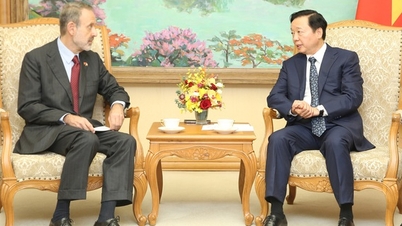




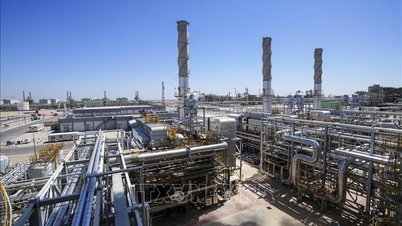






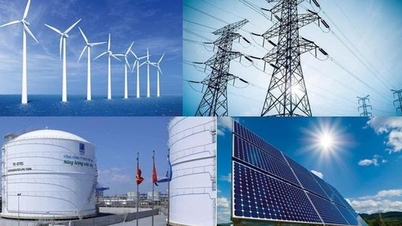













































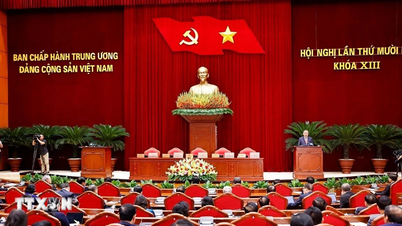





































Comment (0)